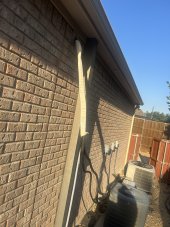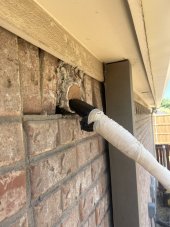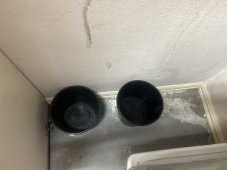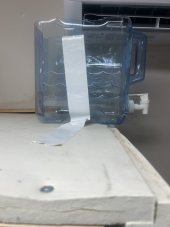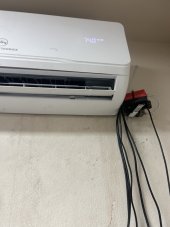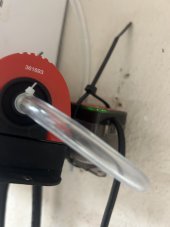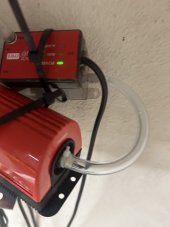sol
New Member
- Joined
- Sep 23, 2019
- Messages
- 26
Detaching the high and low lines once connected opens a can of worms I would prefer to avoid.
If you care to post a picture of the outside unit, how do you / did you / arrange the extra length of the lineset ?
Yes, I know the lineset is pre-charged and with quick connect couplers but if I install these, will definitely cut it to proper length, add a couple compression rings or braze the line connections, pull vacuum & test -- just to have a clean looking connection outside.



